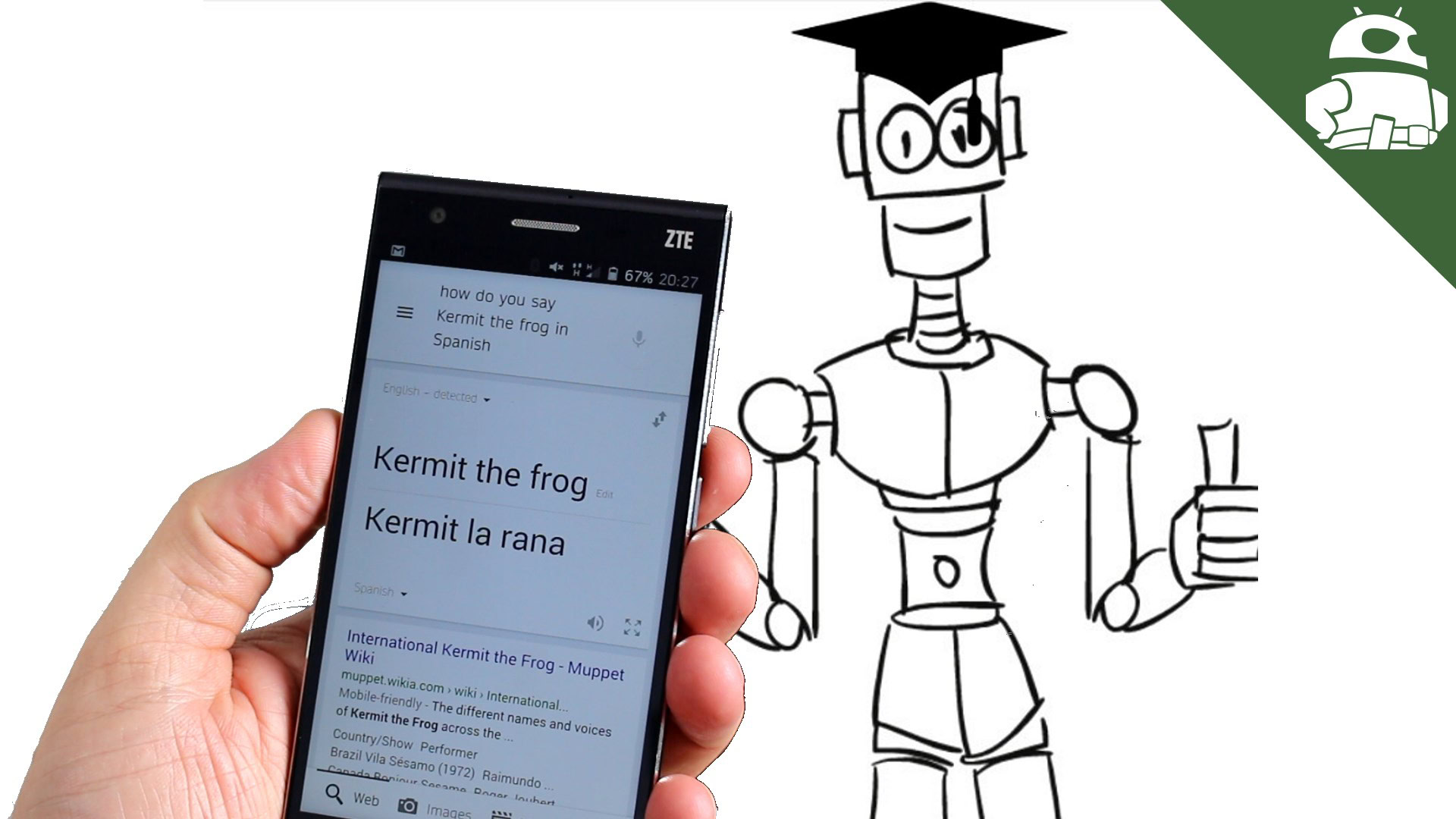Affiliate links on Android Authority may earn us a commission. Learn more.
Google is giving “smart pills” to the world

Google is open-sourcing TensorFlow, the “secret sauce” behind features like intelligent image recognition in Google Photos or the Smart Reply feature that arrived to Inbox last week.
Announced today, TensorFlow is a set of free tools for machine learning applications. Or, in technical terms, “an open source software library for numerical computation using data flow graphs.”
The math involved is very high level, but the name TensorFlow comes from the flow of a tensor (a type of vector) through a graph, where nodes are typically mathematical operations or endpoints, and edges represent the relationships between nodes.
Google is giving away TensorFlow by licensing it under the Apache 2.0 license. That means anyone can use it, from academics, to independent developers, to Google’s biggest competitors.
As Matt Cutts, the head of webspam at Google puts it, Google is handing out “smart pills” to anyone who wants them.
Machine learning is a foreign concept to most people. But for the last few years, machine learning has been making a real impact on products that we user every day. Among other things, AI algorithms have improved, or made possible, features like:
- Better web search results
- Google Photos’ image recognition
- Better real-time translations
- Improved thumbnails on YouTube
- Improved voice recognition on Google Now
TensorFlow is behind these features, and now Google is giving it away.

The software is scalable, and can run on everything from a single smartphone to an entire data center. TensorFlow is ready for deployment in real applications, so this is not just a research tool.
Matt Cutts says it will spawn entire new industries.
Why is Google open sourcing this extremely valuable resource? The company says it hopes that freeing TensorFlow into the wild will help advance machine learning as a whole. The ecosystem will develop much faster, and that, in turn, will benefit Google. It’s somehow similar with what Google did with Android and several other open source projects.
For more details head over to the official project page.